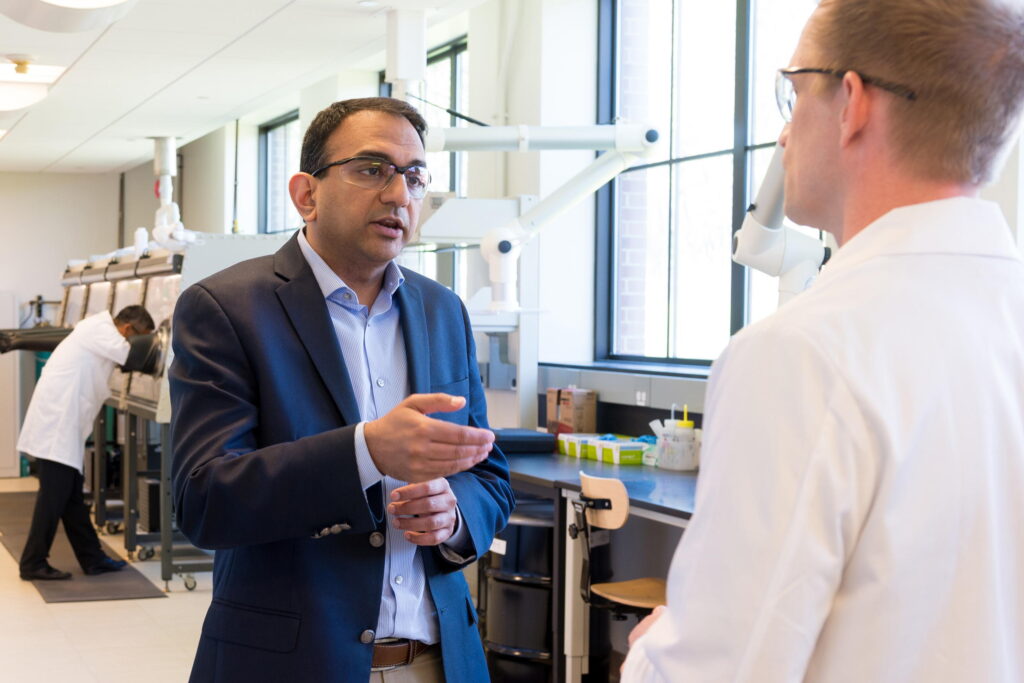In distinction, a sodium-ion battery will depend on a part—sodium—that you will uncover in desk salt and ocean water.
Among the many many many many alternative benefits, sodium-ion batteries perform elevated than lithium-ion batteries in extreme chilly. CATL has acknowledged its new battery works in temperatures as little as -40° Fahrenheit.
Moreover, a sodium-ion battery has moderately fairly a bit lower menace of fireside. When lithium-ion batteries defend hurt, it will truly end in “thermal runaway,” which triggers a dangerous and toxic fireplace.
The tactic of manufacturing sodium-ion batteries is much like that of lithium-ion batteries, or in any case associated adequate that companies can shift present assembly traces with out having to spend intently on retooling.
Nonetheless sodium-ion batteries have some disadvantages. The large one is low vitality density in distinction with lithium-ion. In consequence, an EV engaged on a sodium-ion battery will go fewer miles per value than a lithium-ion battery of the identical dimension.
“That is merely what nature has given us,” Srinivasan acknowledged. “From a physics perspective, sodium batteries inherently have lower vitality density than lithium batteries.”
A typical sodium-ion battery has an vitality density of about 150 watt-hours per kilogram on the cell diploma, he acknowledged. Lithium-ion batteries can fluctuate from about 180 to just about 300 watt-hours per kilogram.
I requested Srinivasan what he makes of CATL’s declare of a sodium-ion battery with 200 watt-hours per kilogram.
“We’re often skeptical of experiences releases from companies,” he acknowledged. He specified that his comment applies to all battery companies.

Venkat Srinivasan, director of the Argonne Collaborative Coronary coronary coronary heart for Vitality Storage Science, discusses battery evaluation with a provides scientist in a single amongst many vitality storage discovery labs at Argonne Nationwide Laboratory.
Credit score rating score rating:
Argonne Nationwide Laboratory
Venkat Srinivasan, director of the Argonne Collaborative Coronary coronary coronary heart for Vitality Storage Science, discusses battery evaluation with a provides scientist in a single amongst many vitality storage discovery labs at Argonne Nationwide Laboratory.
Credit score rating score rating:
Argonne Nationwide Laboratory
The nationwide labs’ initiative has a five-year timeline, with a intention of rising sodium-ion batteries with vitality densities that match or exceed these of at current’s iron phosphate-based lithium-ion batteries. Researchers would try this by discovering quite a few efficiencies in design and provides.
The enterprise is happening alongside the labs’ ongoing work to develop and improve a number of varieties of batteries.
Lithium-ion batteries dominate at current’s market. This yr, worldwide manufacturing of lithium-ion batteries was about 1,500 gigawatt-hours, and manufacturing of sodium-ion batteries was 11 gigawatt-hours, or decrease than 1 %, based completely on Benchmark Mineral Intelligence.
